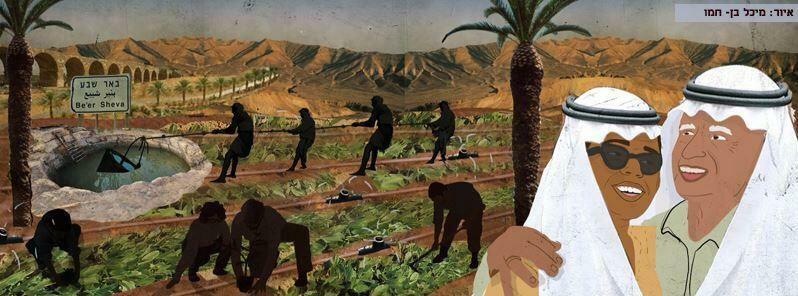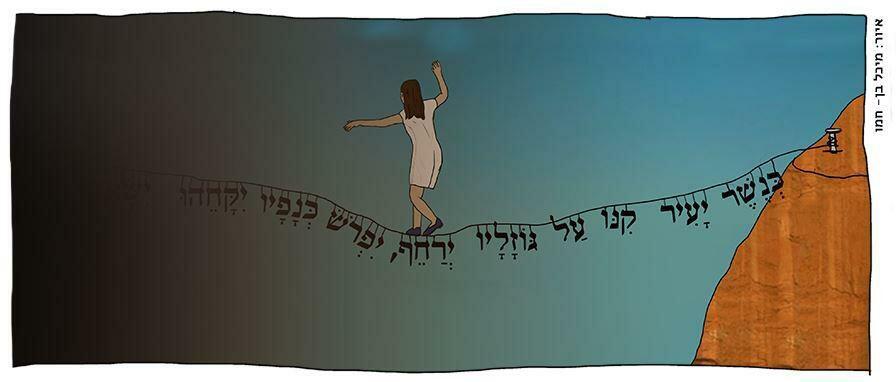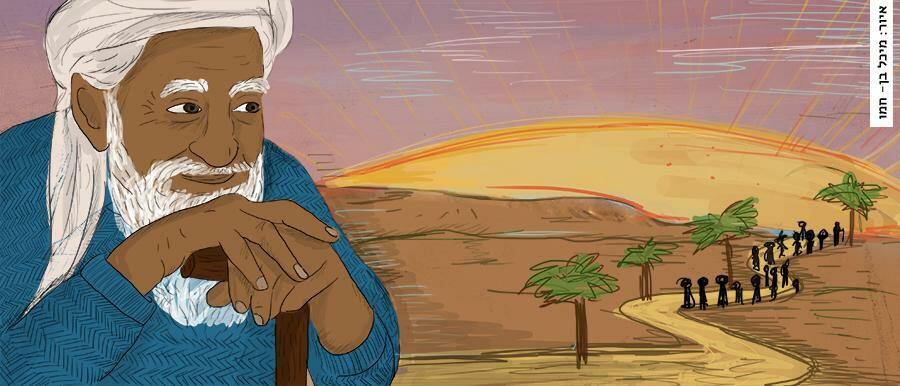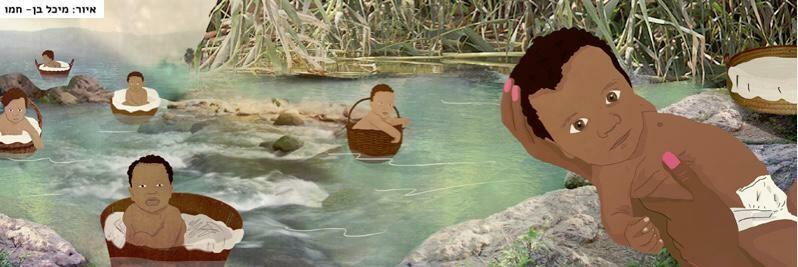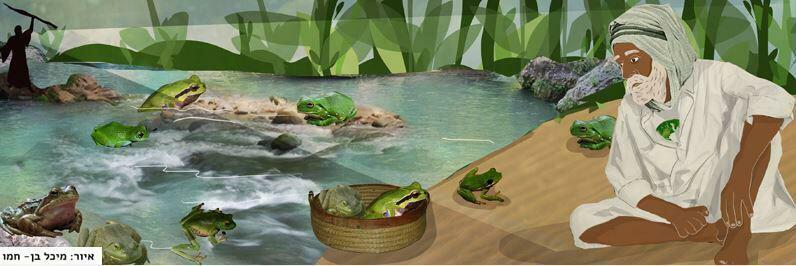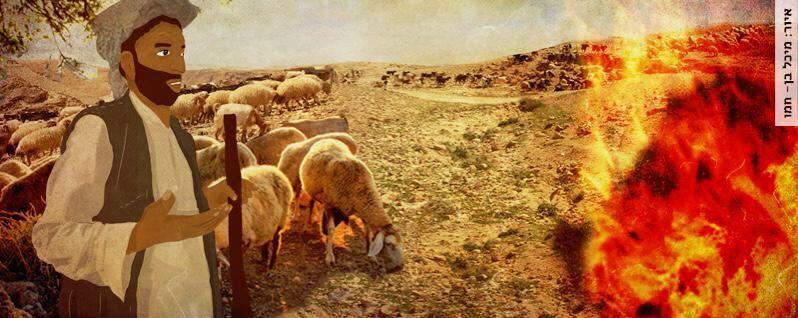Getting your Trinity Audio player ready...
1. The longest book
The Book of Genesis is the longest book of the Torah (Pentateuch). It contains 50 chapters and 1,533 verses. According to the timeline data provided in the book, it documents a global and national history of 2,309 years - from the creation of the world to the descent of Jacob's family into Egypt. All the other books of the Torah together represent only 40 years, from the Exodus from Egypt to Moses' farewell upon entering Canaan.
Read more:
2. It’s all about the Numbers
The Book of Numbers is distinguished by its population censuses. It includes two censuses of the Israelites and one particular census for the Levites. The Sages (Chazal) aptly named it "Chumash HaPekudim" (The Book of Numbers/Countings), and its Latin name (following the name given in the Septuagint, the Greek translation of the Hebrew Bible) is "Numeri," reflecting its numerous counts and listings.
3. The Summary of the Torah
There is the Torah, and there is the "Mishneh Torah" (Deuteronomy). The Book of Deuteronomy, according to the biblical narrative, includes Moses' speeches just before entering the Promised Land. In his speeches, Moses revisits and summarizes the Torah, or at least part of it, making the book a sort of second Torah. Maimonides named his monumental halachic work "Mishneh Torah", perhaps because he intended it to serve as an updated version of the world of Torah.
4. The Samaritans have a Torah too
Members of the Samaritan community hold to this day the holy scriptures of the Five Books of Moses. The Samaritans' Torah is largely similar to ours. Although there are about 6,000 differences, most of them are minor, and only a minority reflect doctrinal differences between the Samaritans and us.
5. The Papyrus version
You are undoubtedly familiar with Torah scrolls on parchment, which can be found in any synagogue. The ancient scrolls from Qumran are also written on parchment. However, we also have samples of the Torah on papyrus. This involves an extremely ancient papyrus from the second or first century BCE, containing an early version of the Ten Commandments and the Shema prayer. Archaeologist Walter Nash purchased it from an Egyptian antiquities dealer, and since then, it has been known as the "Nash Papyrus."
6. The oldest
The oldest manuscript we have from the Torah is the Priestly Blessing amulet – two tiny silver scrolls from the times of the First Temple (seventh or sixth century BCE), on which the Priestly Blessing: "May the Lord bless you and keep you..." known to us from the Book of Numbers, is written in ancient Hebrew script.
7. The Torah’s celebrity
Moses is the figure whose name appears most frequently in the Torah: 613 times. Incidentally, in the entire Tanakh (Hebrew Bible), Moses is second with 727 appearances. King David takes the first place, with 919 appearances.
8. The longest chapter in the Torah
Numbers 7 is the longest chapter in the Torah, containing 89 verses. Even so, it's not even half as long as the longest chapter in the Tanakh (Hebrew Bible) - Psalm 119, which has 171 verses. Chapter 7 in the Book of Numbers deals with the sacrifices brought by the 12 tribal leaders of Israel at the dedication of the Tabernacle. Interestingly, they brought identical sacrifices, and the chapter details the contents of each offering 12 times.
9. Third time's a charm
The law "You shall not boil a kid in its mother’s milk" reappears three times in the Torah: twice in the Book of Exodus and once in the Book of Deuteronomy.
10. When our ancestors read the Torah with ease
The method of reading the weekly Torah portions, as is practiced today, follows the Babylonian system. According to this method, there are 54 portions, and the entire Torah reading is completed once a year. The Babylonian system supplanted the original one, in which one cycle of reading was completed every three or three and a half years, rather leisurely.
11. The Temple mystery
Throughout the entire Torah, it is never stated that the Temple is in Jerusalem. Even the Book of Deuteronomy, which talks a lot about the Temple and the obligation that all holy service should be performed there and only there, refers to it by the mysterious name "the place which [God] will choose." A hint that the Temple’s location is Mount Moriah can be found at the end of the story of the Binding of Isaac, which took place on Mount Moriah. However, it's just a hint.
12. The original bar mitzvah boy
The system of Biblical cantillation, which accompanies the biblical text, has many reading traditions - as many as there are Jewish communities. Is it possible to reconstruct the original melody, the one in which the verses were sung in the Land of Israel before the exile? Some researchers are trying.
13. Unto every person there is a name
Many women in the Torah are nameless and are known only through their lineage: Lot's wife, Potiphar's wife and Lot's daughters, for example. Despite this, they often play crucial roles in the narrative. By the way, another character who remains nameless in the Torah is Pharaoh's daughter, who saved Moses from the river. However, her name – Bithiah – is specifically mentioned in the Book of Chronicles.
14. Jessica? It's from the Torah
Most of us recognize biblical names such as Moses, Aaron, Adam, Eve, Jacob, Isaac, etc. But what about Jessica? Jessica Alba, Jessica Lange, Jessica Biel - they all owe their names to a figure from the Torah, and her name is Yiskah, Aaron's daughter and Abraham's niece. According to some interpretations, this is actually Sarah.
15. The first musician – and the first settler
The Torah mentions three brothers who founded some of the most crucial domains for humanity: Yaval, who invented the concept of permanent settlement; his brother Yuval, who invented musical instruments; and their half-brother on their father's side, Tubal-Cain, who invented the forge. Altogether a remarkably talented family.
16. Thought we built pyramids in Egypt?
The prevailing perception is that the Israelites built the pyramids in Egypt. There is no doubt that the pyramids are an impressive structure, and it is plausible that the Egyptians indeed utilized numerous slaves to build them. However, according to the Torah, the Israelites built "storage cities." Despite the connotation of the word "storage" ("Mishkenot" in Hebrew), it refers to treasuries, meaning cities where the Egyptians kept valuable possessions, and it likely pertained to enormous grain storages.
17. The additional number
The Torah states that the world was created in seven days, but it seems that no less affection exists for the number 12: Jacob had 12 children, the High Priest's garment had 12 gemstones corresponding to the 12 tribes and even Moses sent 12 spies to scout the land.
18. Literal description
If we look at the names of the Torah's books in English, we find that they are related to the contents of the books and even to additional names they have in Hebrew. Exodus is so named, signifying "departure," and alluding to the exit from Egypt. Leviticus, hinting at "the laws of the Levites," deals with priesthood laws. Deuteronomy, despite its similarity to the word "things" ("Devarim" in Hebrew), literally means "the second law," or as it is occasionally called in Hebrew, "Mishneh Torah" (Repetition of the Torah).
19. 10+10
From the first man, Adam, through Noah, to Abraham, there are exactly 20 generations, which are also evenly divided into two groups of ten generations - from Adam to Noah, and from Noah to Abraham.
20. Milk and honey
We're all familiar with this expression describing the Land of Israel. Its origin is in the Torah and it first appears in the burning bush episode, where God explains to Moses how He will lead the people to the Promised Land, which is a land flowing with milk and honey.
21. Forty against forty
Have you ever wondered why it's described that the Israelites wandered for specifically 40 years in the desert? Why not 20 or 50? The reason is related to the sin of the spies. The spies went on a mission for 40 days, and most returned spreading falsehoods about the land. The people believed them and demanded to return to Egypt. In response to those 40 days of wandering by the spies, they wandered for 40 years.
22. Prime ministers from the Torah
Quite a few of the prime ministers in Israel are named after figures from the Torah: Moshe Sharett, Levi Eshkol, Yitzhak Rabin, Yitzhak Shamir, Shimon Peres, Benjamin Netanyahu and Naftali Bennett - and in truth, with the exception of Moshe Sharett, most of them even focus on names from the Book of Genesis.


